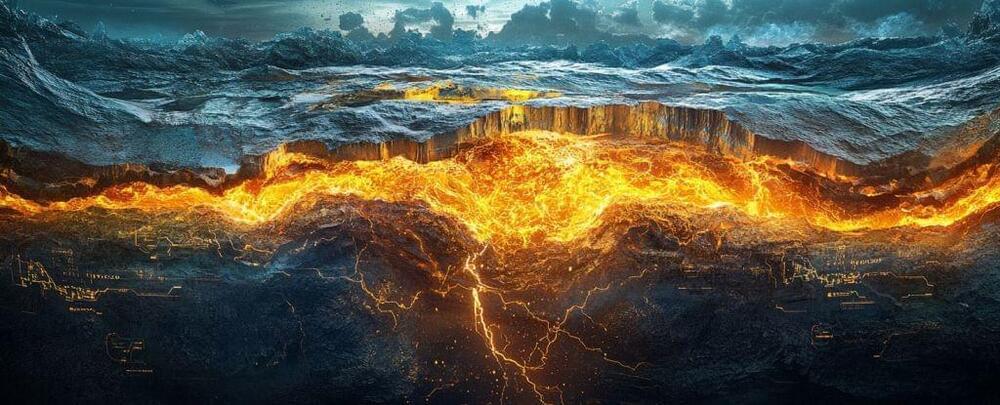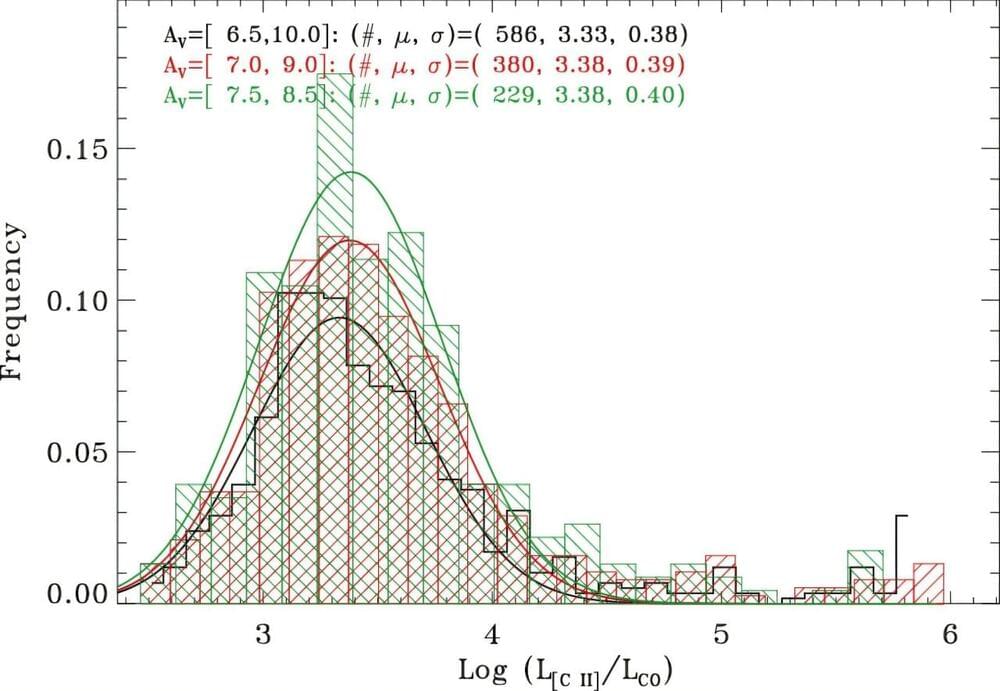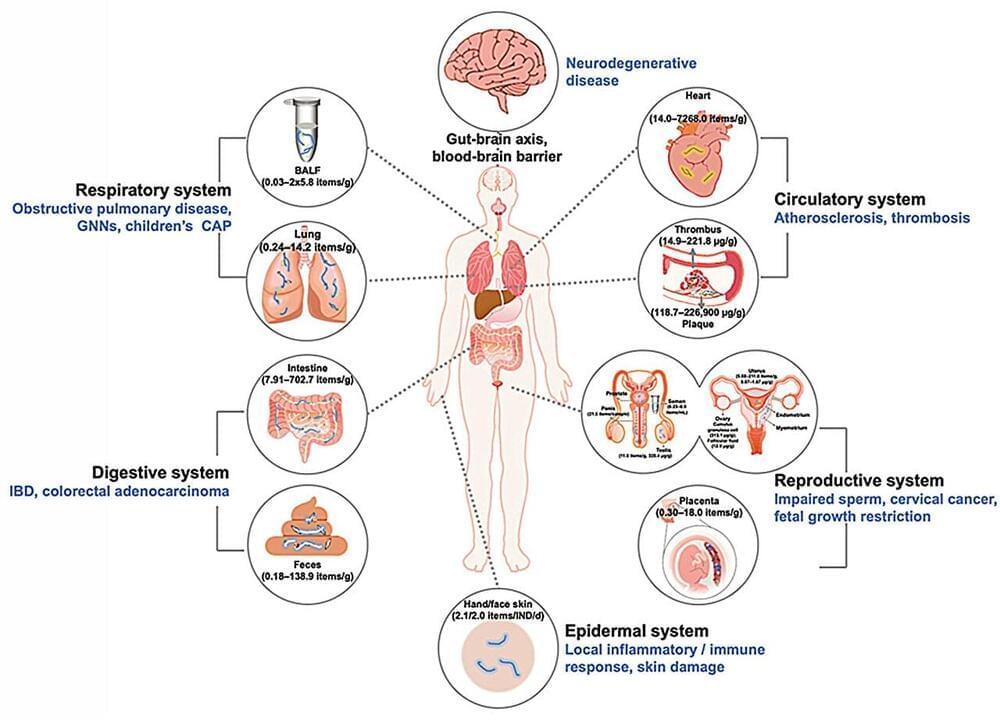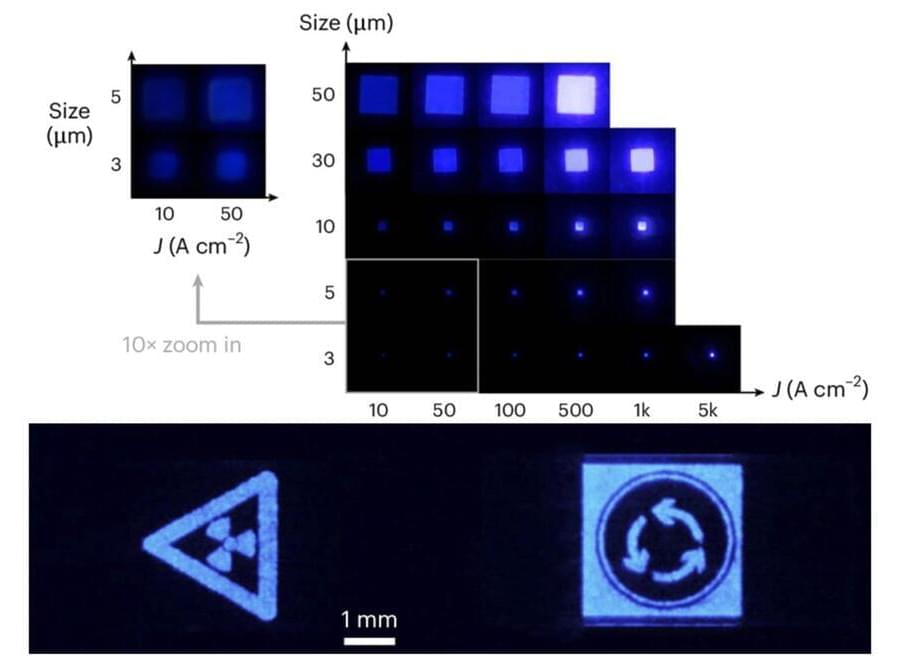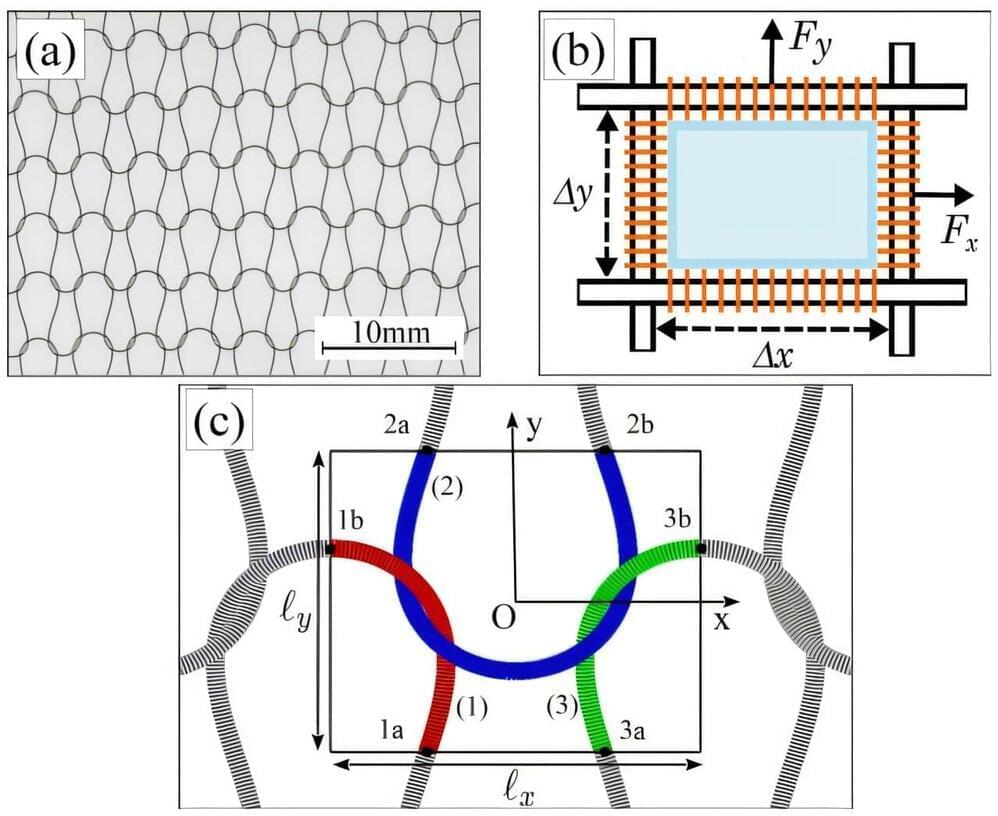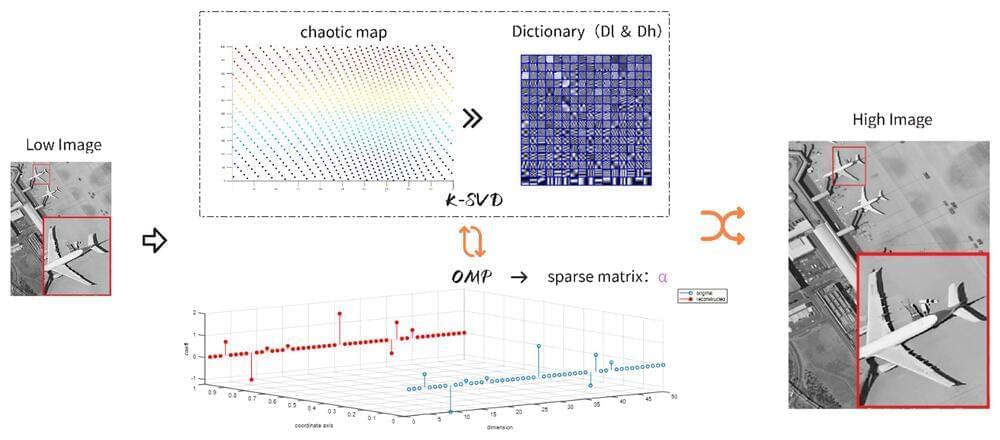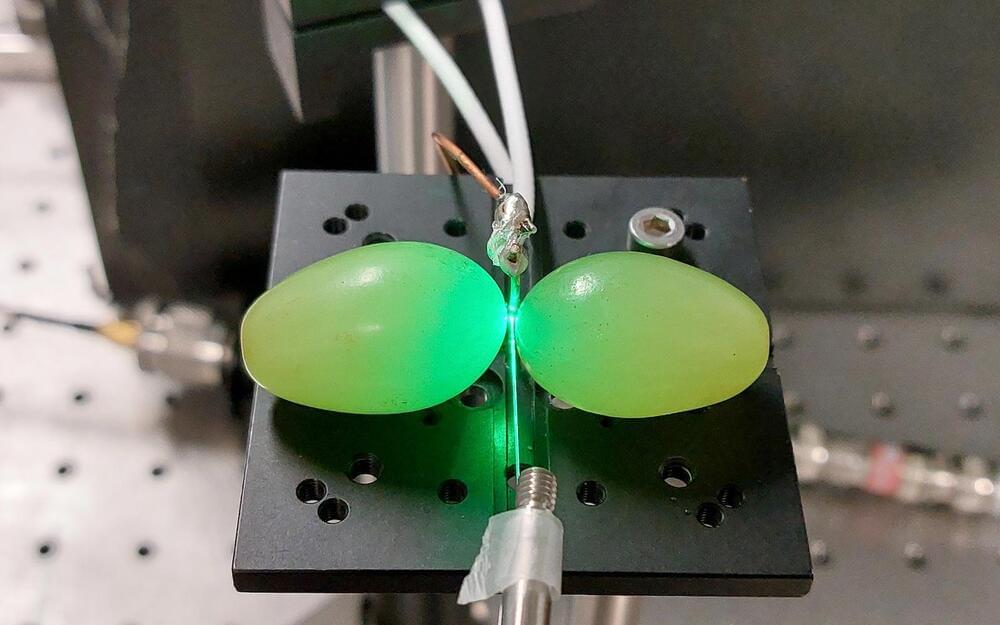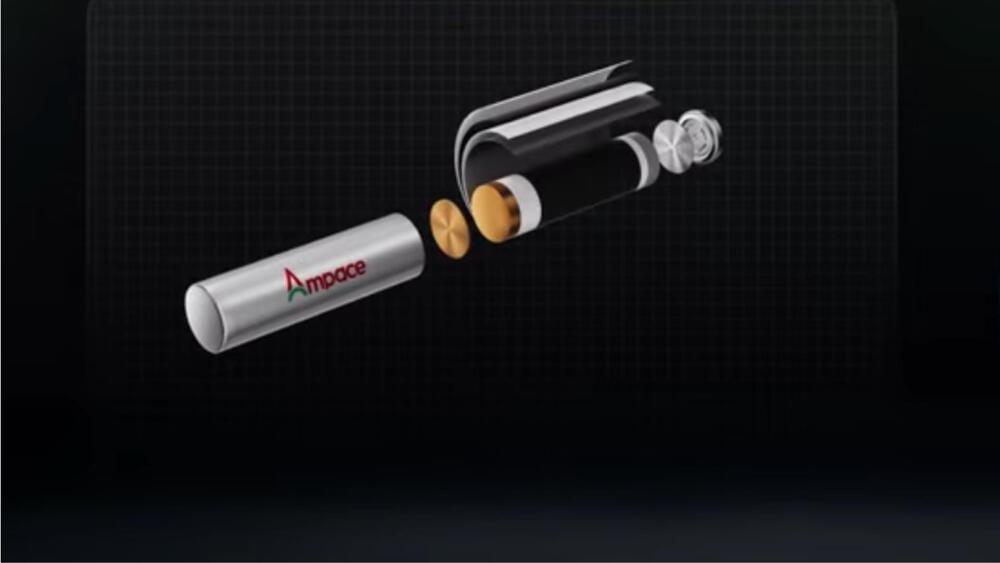Dec 31, 2024
Critical review of aging clocks and factors that may influence the pace of aging
Posted by Shubham Ghosh Roy in categories: biological, computing, genetics, life extension
Background and objectives: Aging clocks are computational models designed to measure biological age and aging rate based on age-related markers including epigenetic, proteomic, and immunomic changes, gut and skin microbiota, among others. In this narrative review, we aim to discuss the currently available aging clocks, ranging from epigenetic aging clocks to visual skin aging clocks.
Methods: We performed a literature search on PubMed/MEDLINE databases with keywords including: “aging clock,” “aging,” “biological age,” “chronological age,” “epigenetic,” “proteomic,” “microbiome,” “telomere,” “metabolic,” “inflammation,” “glycomic,” “lifestyle,” “nutrition,” “diet,” “exercise,” “psychosocial,” and “technology.”
Results: Notably, several CpG regions, plasma proteins, inflammatory and immune biomarkers, microbiome shifts, neuroimaging changes, and visual skin aging parameters demonstrated roles in aging and aging clock predictions. Further analysis on the most predictive CpGs and biomarkers is warranted. Limitations of aging clocks include technical noise which may be corrected with additional statistical techniques, and the diversity and applicability of samples utilized.

